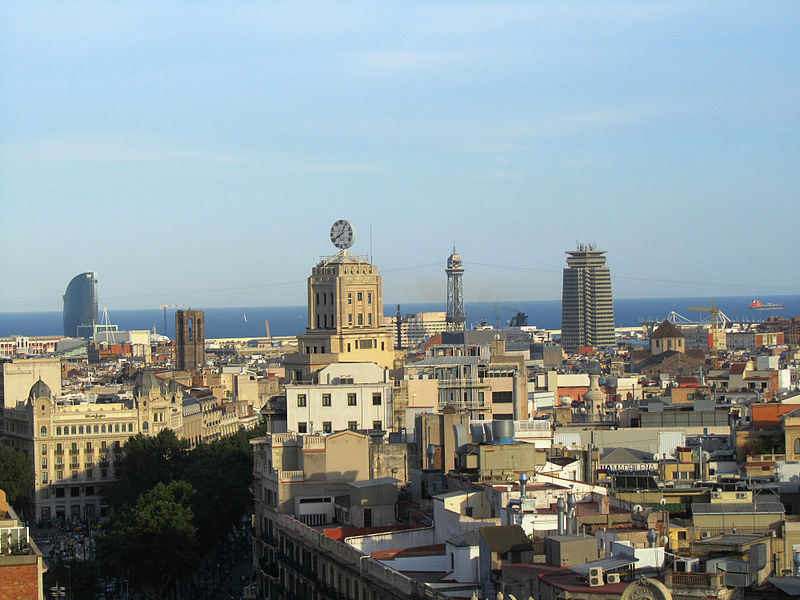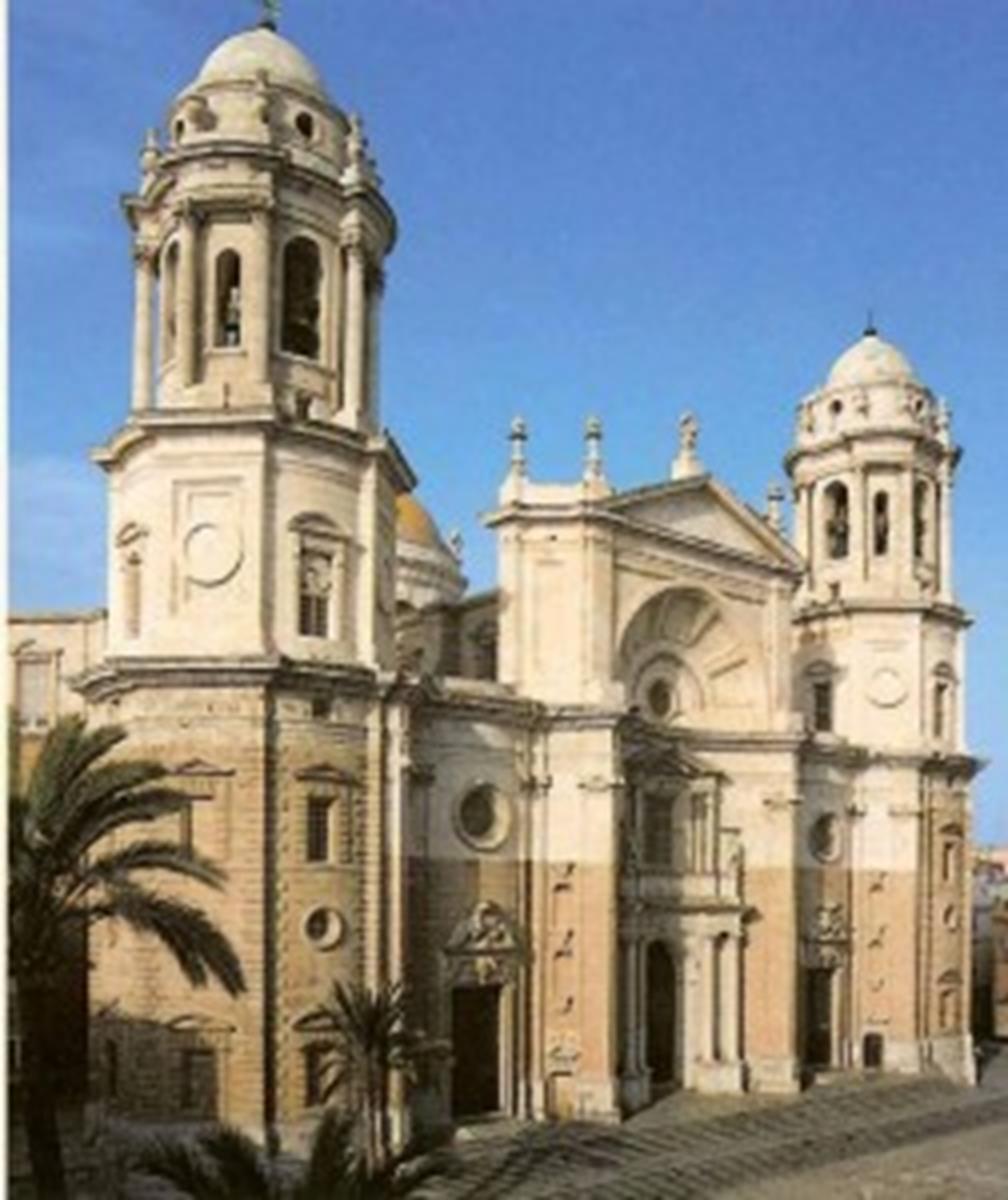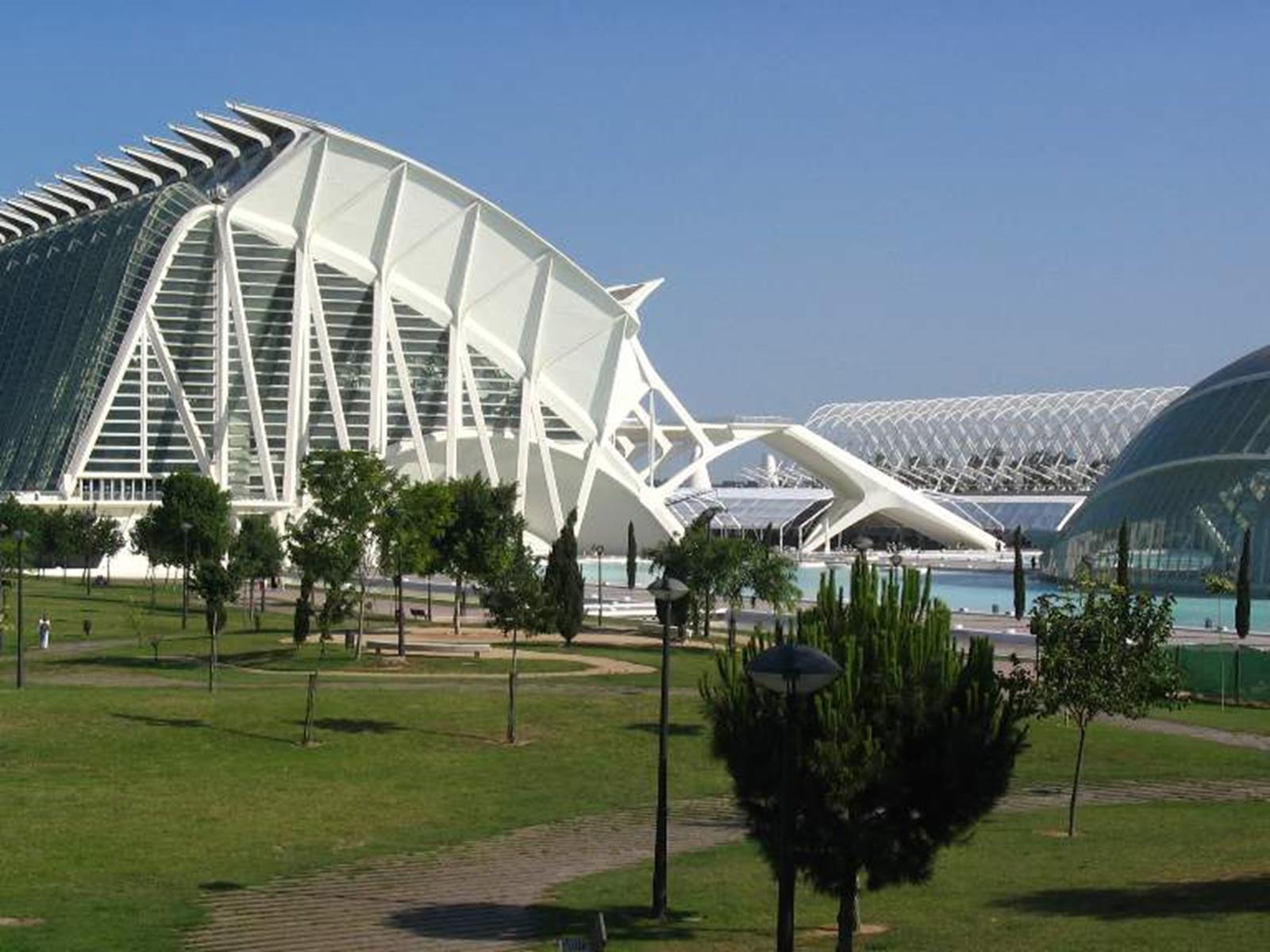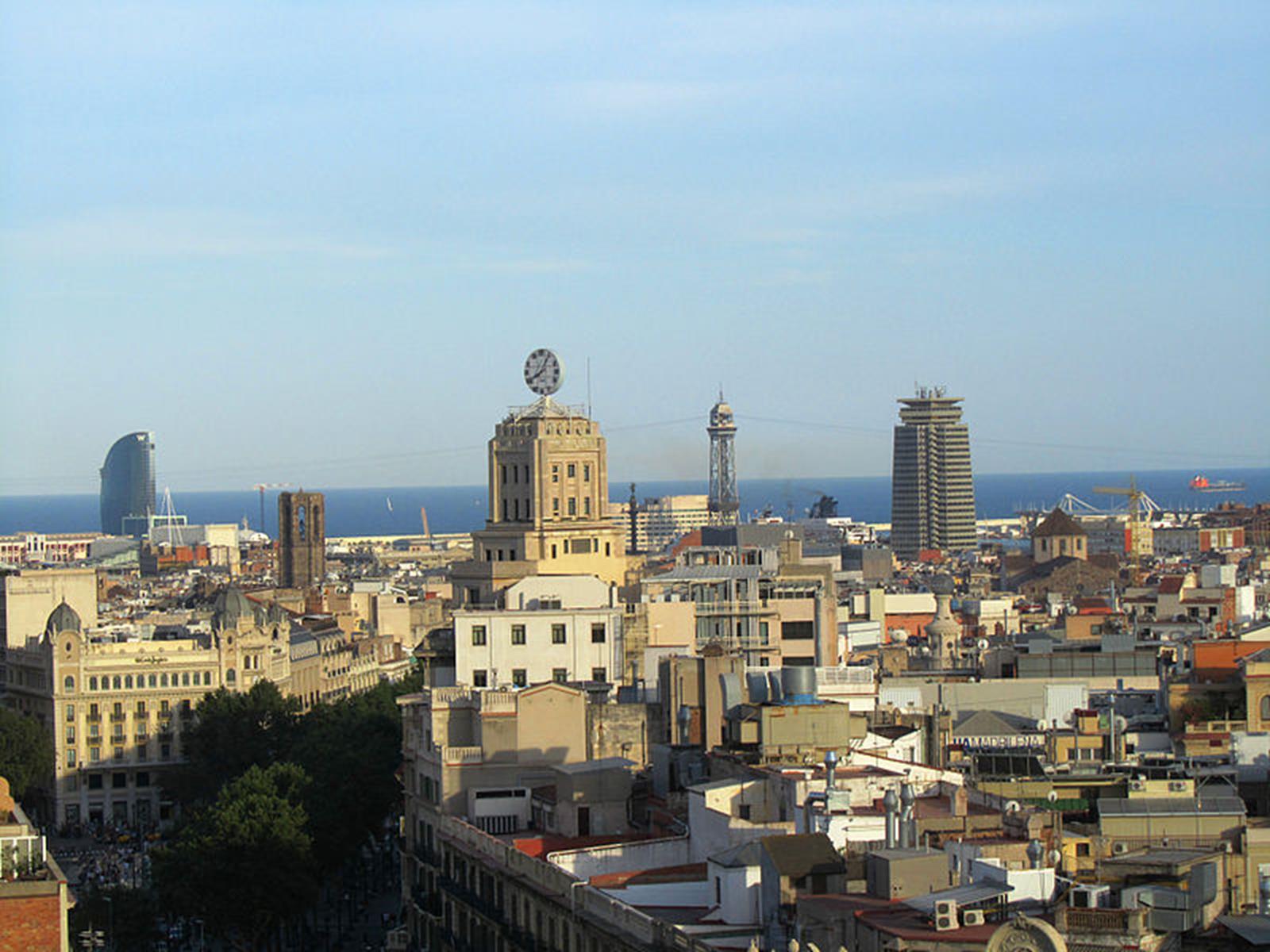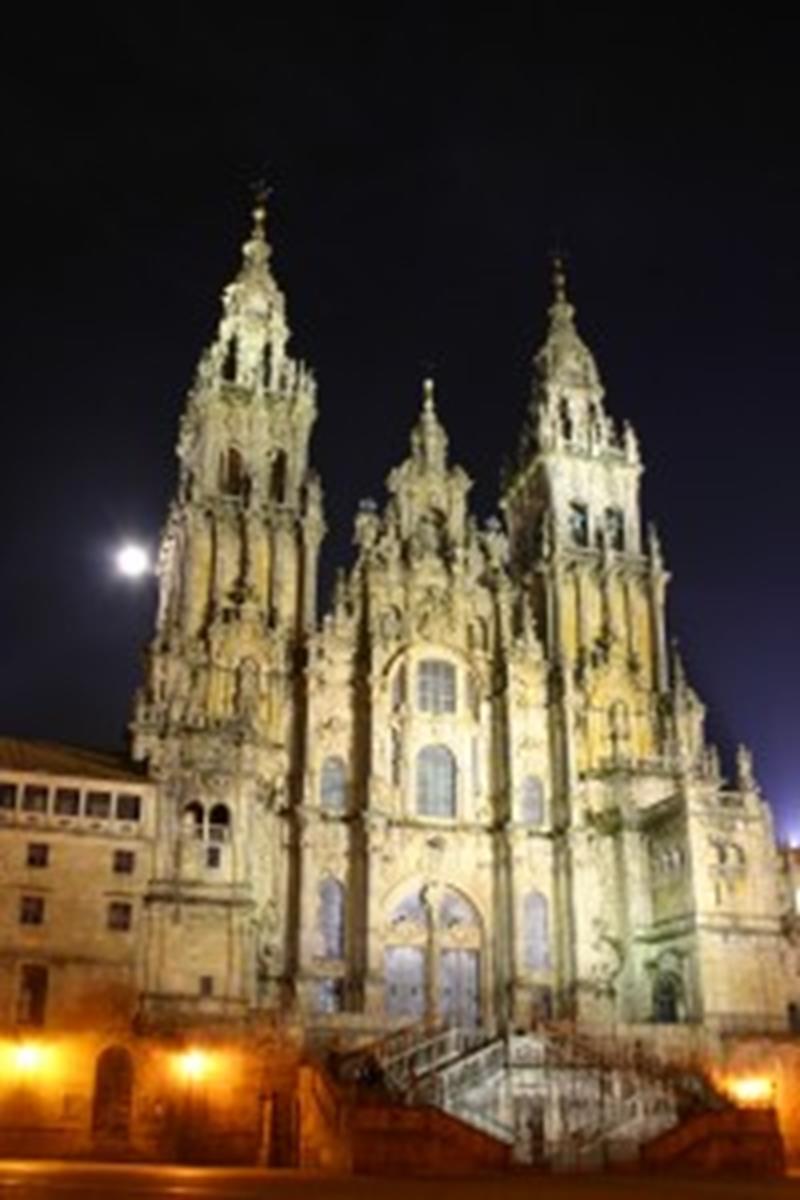Taking up the majority of the Iberian Peninsula, Spain isn’t short on coastline; combine the Atlantic and the Mediterranean and the country has about 3,000 miles of shoreline to enjoy. Spain shares this peninsula with Portugal; tiny amounts are held by France, by the independent country of Andorra and the British colony of Gibraltar.
Spain, like most other countries, has been shaped by its history and geography. Even the architecture tells its tale. Its past is reflected by the European Gothic styles that originated in France and the Arabian-inflected styles of the Moors. The four cities highlighted in this article all have had their own influence on history. In some cases, these coastal cities were on the forefront of trade routes or religious journeys; in others, in the direct path of war. And today, each of these cities presents a unique take Spain’s history as well as its present and future.
Cadiz: Spain’s Oldest Continuously Inhabited City
Cadiz is difficult to summarize because of its long history. Should it be known for its naval history? As the place where the Spanish Constitution of 1812 was signed? As part of the Andalusian autonomous community? Or is it just a place of whitewashed buildings, castles and beaches?
It’s this contrast that brings people to Cadiz. Time seems to move both forward and backward. The Old Town has history in spades, right down to tower-topped, seaward-facing dwellings. The Cathedral is known for its blended Baroque and neoclassical styles. (It’s also the burial place of Spanish composer Manuel de Falla, who died in 1946.)
A trip of an hour or so outside of Cadiz brings students to two notable places: the UNESCO World Heritage site Donana National Park and the Roman archeological site of Baelo Claudia. Although they are vastly different – and in two different directions from the city – they are worth a look.
Valencia: A Taste of Traditional Spain
Valencia is another place that it’s tempting to label “historical” and leave it at that. But that doesn’t even start to tell the story. This former Roman colony is now the third largest city in Spain and home to a thriving culinary scene.
Valencia is one of many places that claims its own version of paella, that iconic Spanish rice dish. In fact, 30% of Spain’s rice is produced in the area, so it’s not surprising that they should have their own take. Valencia is also well-known for other popular treats, including horchata, a drink based on the tiger nut, and fartons, a thin iced bun. Valencia hosts two restaurant weeks per year, complete with tasting menus, making sampling this area’s cuisine even easier and more enjoyable.
Aside from food, Valencia is also turning its attention to culture, science and the arts. The City of Arts and Sciences is actually a collection of buildings, parks and other spaces that really do offer something for almost any student. Here tourists can visit an interactive science museum, stroll through a sculpture garden, appreciate some decidedly modern building styles, see a sporting event, watch a musical performance, or just gawk at L’Hemisferic, a structure that resembles a giant eyeball.
Barcelona: Yesterday Coexists With Tomorrow
Barcelona needs no introduction to a travel professional. It’s Spain’s most visited city and its second largest. Its beaches and food are famous. And if you’re looking for historical points of interest, the city has several UNESCO World Heritage Sites and more museums than we have room here to list. Yet, despite this legacy, Barcelona is not fixated on its past.
For students of fashion, design, art or architecture, this city is a must see. Barcelona was one of Pablo Picasso’s adopted homes and where, as a teenager, he spent years in training. The city was also the birthplace of Joan Miro and where famed architect Antoni Gaudi died.
It’s no coincidence that Barcelona is known, even today, for its importance as a capital of art and fashion. Moving up to modern times, Barcelona hosts its own fashion week, multiple art shows and galleries, and design competitions.
Santiago de Compostela: The Beginning and End of a Journey
Depending on whom you ask, Santigao de Compostela might be known as a religious pilgrimage site or as the capital of Galician culture. The city was named a European Capital of Culture in 2009, and legend has it that the name was drawn from the presence of a star that led to an important relic of St. James.
The Cathedral of St. James may have turned 800 years old in 2011, and the Old Town may have its winding streets. But visitors today can soak up a different kind of history: that of Galician culture, food and language, which is quite distinct from the Castilian Spanish language of much of Spain. Tucked away in Spain’s northwest corner, Santiago del Compostela makes a great place to launch side trip into Portugal; the Portuguese city of Porto is less than 150 miles to the south.
Education and travel go hand in hand. You really can’t be an observant and open-minded person and not learn from the places you visit – especially when they are historically and culturally important as these coastal cities in Spain.

